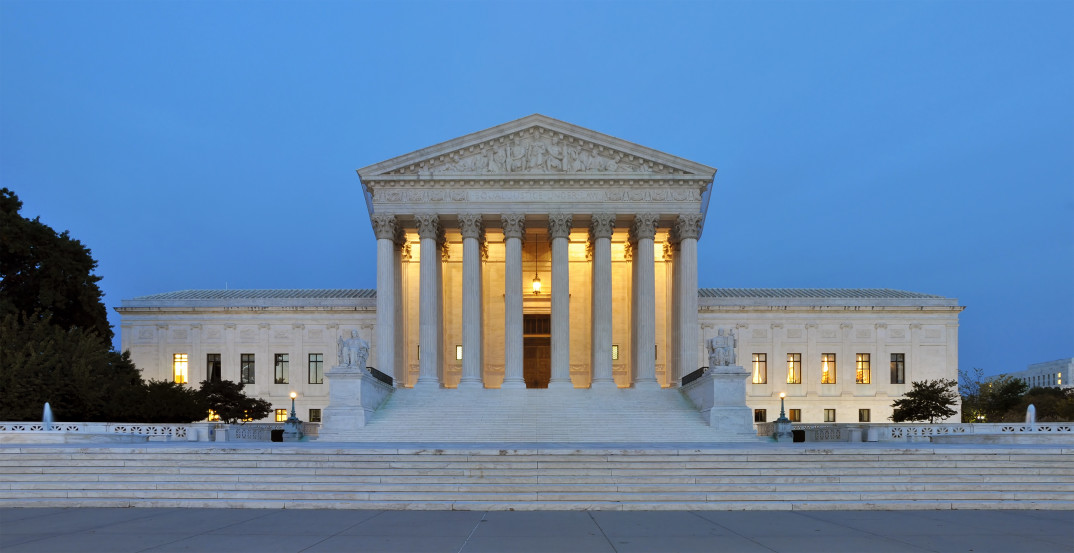In an article titled “A ‘Stunning’ Level of Student Disconnection,” Beth McMurtie of the Chronicle of Higher Education analyzes the current state of student disengagement in higher education. The article solicits the personal experiences and observations of college and university faculty, as well as student-facing administrative officers and guidance counselors. Faculty members cite myriad causes of the general malaise they see among the students in their classes: classes switching back and forth between virtual and remote settings; global unrest and existential anxiety, stemming from COVID-19 and the recent war between Ukraine and Russia; interrupted high school years that leave young adults unprepared for the specific challenges and demands of college life; the social isolation of quarantines and lockdowns that filled nearly two years of their lives. Some of these circumstances are unavoidable (e.g., global unrest), while others seem to be improving (classroom uncertainty, lockdowns, and mask mandates). Still, student performance and mental health continues to suffer as badly as it did two years ago, and college enrollment is nearly as low as it was at the start of the pandemic.
McMurtie also takes the time to interview some college students on their experience. The students point to a common element that draws together all the previously-mentioned variables suspected of causing student disengagement: prolonged, almost unceasing, engagement with technology. One college junior quoted in the article describes her sophomore year as a blur, remembering only snippets of early morning Zoom classes, half-slept-through, with camera off, before falling back asleep. Each day seemed to consist in a flow between moments of sleep, internet browsing, and virtual classes. When COVID-19 restrictions subsided and classrooms returned to more of a traditional format, the excessive use of technology that had been mandatory for the past two years left an indelible psychological mark.
As she returned to the classroom, Lyman found that many professors had come to rely more heavily on technology, such as asking everyone to get online to do an activity. Nor do many of her courses have group activities or discussions, which has the effect of making them still seem virtual. ‘I want so badly to be active in my classroom, but everything just still feels, like, fake almost.’
Numerous scientific studies offer empirical support for the observation that more frequent virtual immersion is positively correlated with higher levels of depersonalization — a psychological condition characterized by the persistent or repeated feeling that “you’re observing yourself from outside your body or you have a sense that things around you aren’t real, or both.” In an article published last month in Scientific Studies, researchers reported the following:
We found that increased use of digital media-based activities and online social e-meetings correlated with higher feelings of depersonalisation. We also found that the participants reporting higher experiences of depersonalisation, also reported enhanced vividness of negative emotions (as opposed to positive emotions).
They further remarked that the study “points to potential risks related to overly sedentary, and hyper-digitalized lifestyle habits that may induce feelings of living in one’s ‘head’ (mind), disconnected from one’s body, self and the world.” In short, spending more time online entails spending more time in one’s “head,” making a greater percentage of their life purely cerebral rather than physical. This can lead to a feeling of disconnect between the mind and the body, making all of one’s experiences feel exactly as the undergraduate student described her life during and after the pandemic: unreal.
If the increase and extreme utilization of technology in higher education is even partly to blame for the current student psychological disconnect, instructors and university administrators face a difficult dilemma: should we reduce the use of technology in classes, or not? The answer may at first appear to be an obvious “no”; after all, if such constant virtual existence is taking a psychological toll on college students, then it seems the right move would be to reduce the amount of online presence required to participate in the coursework. But the problem is complicated by the fact that depersonalization makes interacting with humans in the “real world” extremely psychologically taxing — far more taxing than interacting with others, or completing coursework, online. This fact illuminates the exponentially increasing demand over the past two years for online degrees and online course offerings, the decrease in class attendance for in-person classes, and the rising rates of anxiety and depression among young college students on campus. After being forced into a nearly continuous online existence (the average time spent on social media alone — not counting virtual classes — for young people in the United States is 9 hours per day) we feel wrenched out of the physical world, making reentering the world all the more exhausting. We prefer digital existence because the depersonalization has rendered us unable to process anything else.
Some philosophers, like Martha Nussbaum, refer to these kinds of preferences as “adaptive preferences” — things we begin to prefer as a way of adapting to some non-ideal circumstances. One of Nussbaum’s cases focuses on impoverished women in India who were routinely physically abused by their husbands, but preferred to stay married. Some of the women acknowledge that the abuse was “painful and bad, but, still, a part of women’s lot in life, just something women have to put up with as part of being a woman dependent on men.” Another philosopher, Jon Elster, calls these kinds of desires “sour grapes,” because a fox that originally desires grapes may convince himself the grapes he previously wanted were sour (and therefore not to be desired) if he finds himself unable to access them.
Are in-personal classes, social engagement, and physical existence on campus becoming “sour grapes” to us? If we have, to some extent, lost the ability to navigate these spaces with psychological ease, we may convince ourselves that these kinds of interactions are not valuable at all. But as we move further and further from regular (non-virtual) physical interactions with others, the depersonalization continues and deepens. It may be a self-perpetuating problem, with no clear path forward for either students or instructors. Should instructors prioritize meeting students where they are currently and providing virtual education as far as possible? Or should they prioritize moving away from virtual education with hope for long-term benefits? This is a question that higher education will likely continue to grapple with for many years to come.


